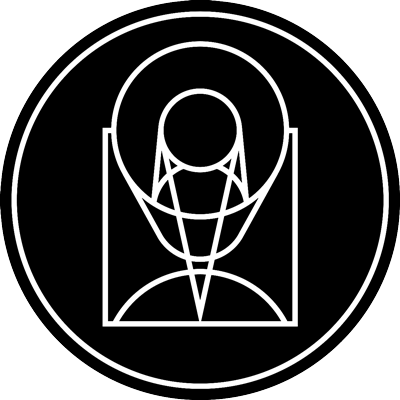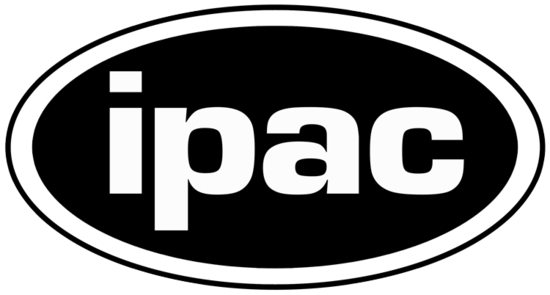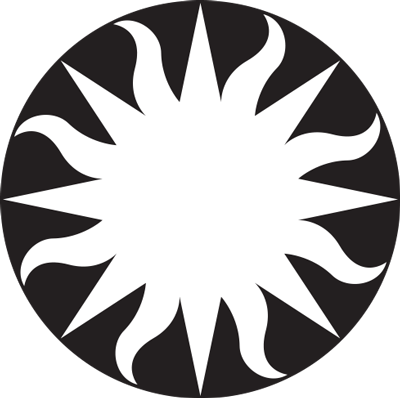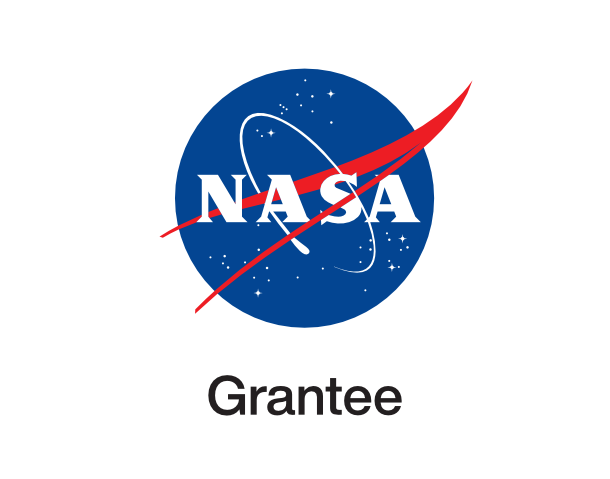A clear view of a galaxy cluster

esahubble_potw2333a August 14th, 2023
Credit: ESA/Hubble & NASA, H. Ebeling
The massive cluster Abell 3322 is featured in this image from the NASA/ESA Hubble Space Telescope, in which the galaxy 2MASX J05101744-4519179 basks in the centre. This distant galaxy cluster is a cosmic leviathan that is highly luminous at X-ray wavelengths. Observing galaxy clusters like Abell 3322 can advance our understanding of the evolution and interactions of dark and luminous matter in galaxy clusters, and also reveals powerful gravitational ‘telescopes’ that magnify distant objects through gravitational lensing. Knowing the location of these lenses can enable future observations with both Hubble and the NASA/ESA/CSA James Webb Space Telescope. The galaxy cluster is located in the constellation Pictor, around 2.6 billion light-years from Earth. The unusual alignment of the three brightest cluster galaxies in this image (two in a close pair in the centre of the image and a third in the upper right region) suggests that A3322 is observed in the process of formation. This is because at least two smaller clusters collide along an axis defined by the locations of their individual brightest cluster galaxies. However, the diffuse super-hot gas that permeates all massive galaxy clusters (and is visible only at x-ray wavelengths) is understood to be distributed in a single, almost perfectly spherical halo. In other words, it neither exhibits an elongation that follows the three-galaxy lineup, nor does it show signs of two (or more) individual cluster cores. Discrepancies like this are of great interest for astronomers who want to explore the differences in the dynamic behaviour of gas, galaxies, dark matter, and cluster collisions. Two of Hubble’s instruments joined forces to create this image: Wide Field Camera 3 and the Advanced Camera for Surveys. Both are third-generation instruments that offer superb image quality and high sensitivity to astronomers studying a range of scientific questions. Both instruments provide images of wide areas of the night sky, but view slightly different parts of the electromagnetic spectrum. WFC3 spans the spectrum from the ultraviolet through to visible light and the near-infrared. In contrast to the wide panchromatic coverage of WFC3, ACS was optimised for visible-light observations. Getting the best from Hubble requires instruments to use built-in corrective optics to account for the effects of the primary mirror's aberration. During the construction of Hubble, a faulty instrument caused the primary mirror to be very precisely ground to slightly the wrong shape by only 0.0002 mm. A corrective instrument called COSTAR was developed to account for this tiny discrepancy, and later instruments like WFC3 and ACS were built with their own corrective optics. [Image Description: A cluster of elliptical galaxies, visible as a crowd of oval shapes, each glowing around a bright core. The elliptical galaxy that appears largest by far is in the centre, with the other largest galaxies close to it. They are surrounded by a variety of more distant stars and galaxies, in many shapes and sizes but all much smaller, on a dark background.]
Provider: Hubble Space Telescope | ESA
Image Source: https://esahubble.org/images/potw2333a/
Curator: ESA/Hubble, Baltimore, MD, United States
Image Use Policy: Creative Commons Attribution 4.0 International License

- ID
- potw2333a
- Subject Category
- Subject Name
- 2MASX J05101744-4519179
- Credits
- ESA/Hubble & NASA, H. Ebeling
- Release Date
- 2023-08-14T06:00:00
- Lightyears
- Redshift
- Reference Url
- https://esahubble.org/images/potw2333a/
- Type
- Observation
- Image Quality
- Distance Notes
- Facility
- Hubble Space Telescope, Hubble Space Telescope, Hubble Space Telescope, Hubble Space Telescope, Hubble Space Telescope
- Instrument
- ACS, ACS, ACS, WFC3, WFC3
- Color Assignment
- Blue, Green, Red, Red, Red
- Band
- Optical, Optical, Optical, Infrared, Infrared
- Bandpass
- V, I, I, YJ, JH
- Central Wavelength
- 606, 814, 814, 1100, 1400
- Start Time
- Integration Time
- Dataset ID
- None, None, None, None, None
- Notes
- Coordinate Frame
- ICRS
- Equinox
- J2000
- Reference Value
- 77.57371816677562, -45.3233662876782
- Reference Dimension
- 3136.0, 3265.0
- Reference Pixel
- 1568.0, 1632.5
- Scale
- -1.3886032825775185e-05, 1.3886032825775185e-05
- Rotation
- 5.6200000000000072
- Coordinate System Projection:
- TAN
- Quality
- Full
- FITS Header
- Notes
- Creator (Curator)
- ESA/Hubble
- URL
- https://esahubble.org
- Name
- Telephone
- Address
- ESA Office, Space Telescope Science Institute, 3700 San Martin Dr
- City
- Baltimore
- State/Province
- MD
- Postal Code
- 21218
- Country
- United States
- Rights
- Creative Commons Attribution 4.0 International License
- Publisher
- ESA/Hubble
- Publisher ID
- esahubble
- Resource ID
- potw2333a
- Resource URL
- http://esahubble.org/media/archives/images/original/potw2333a.tif
- Related Resources
- Metadata Date
- 2023-08-07T13:55:26+02:00
- Metadata Version
- 1.1
Detailed color mapping information coming soon...













